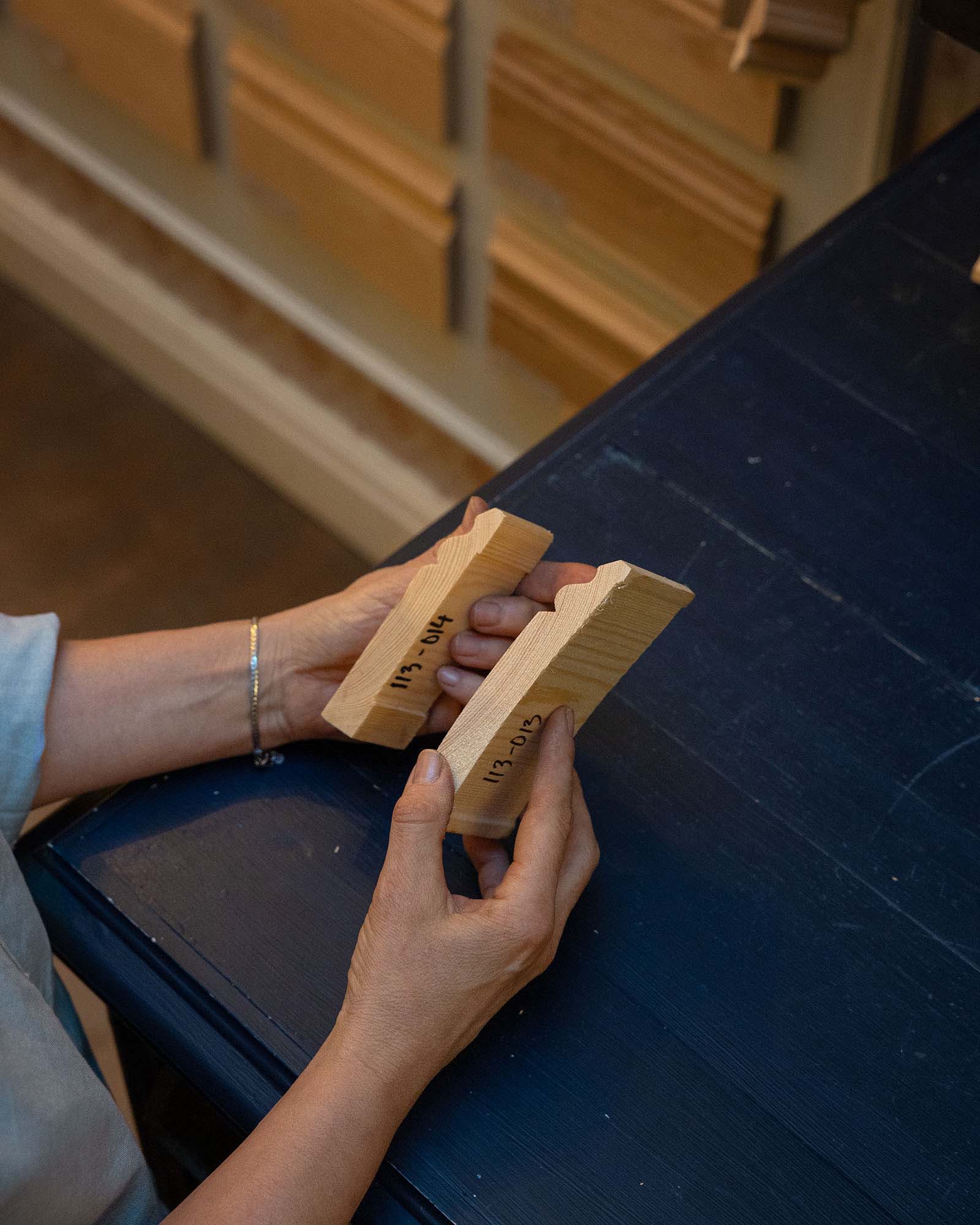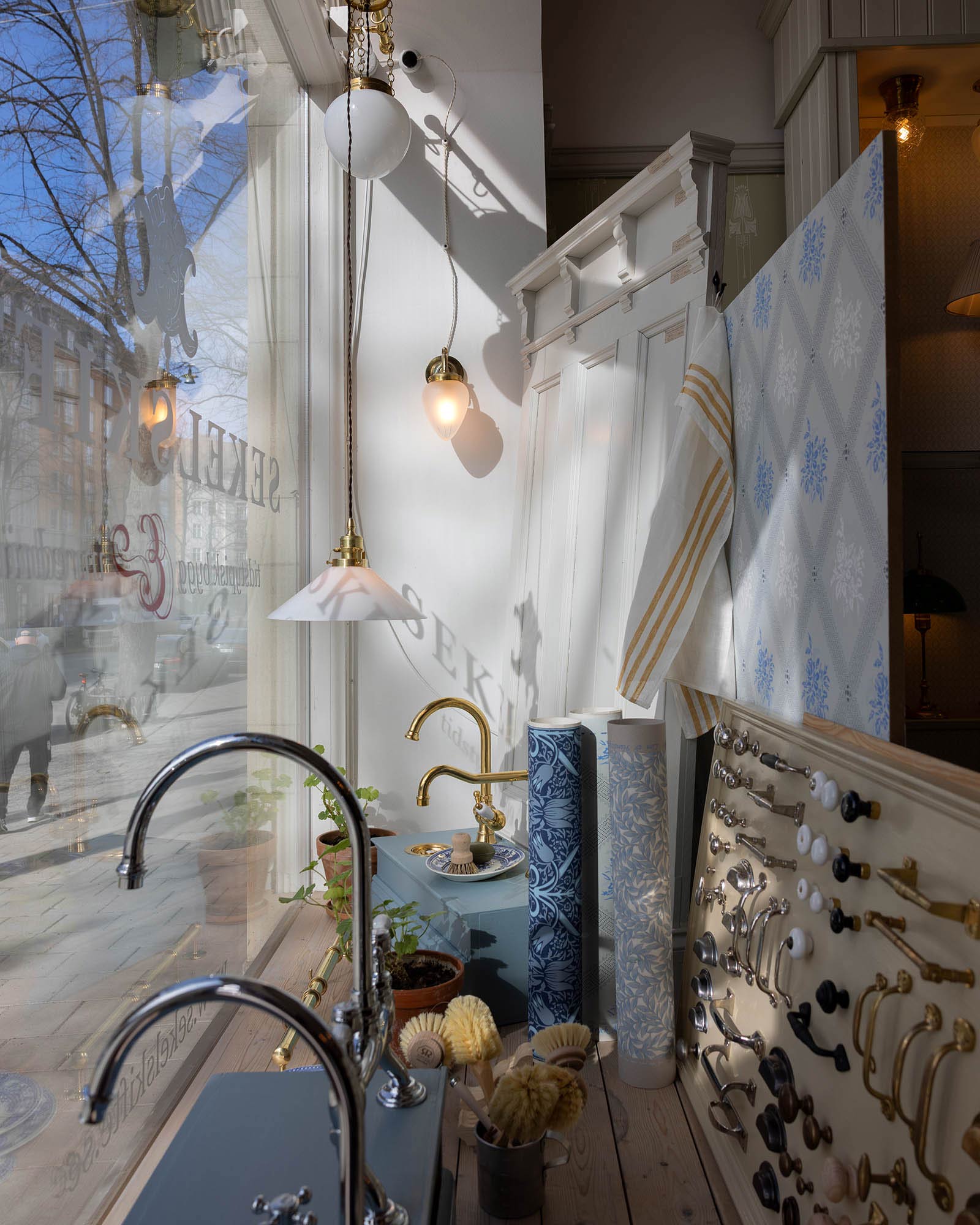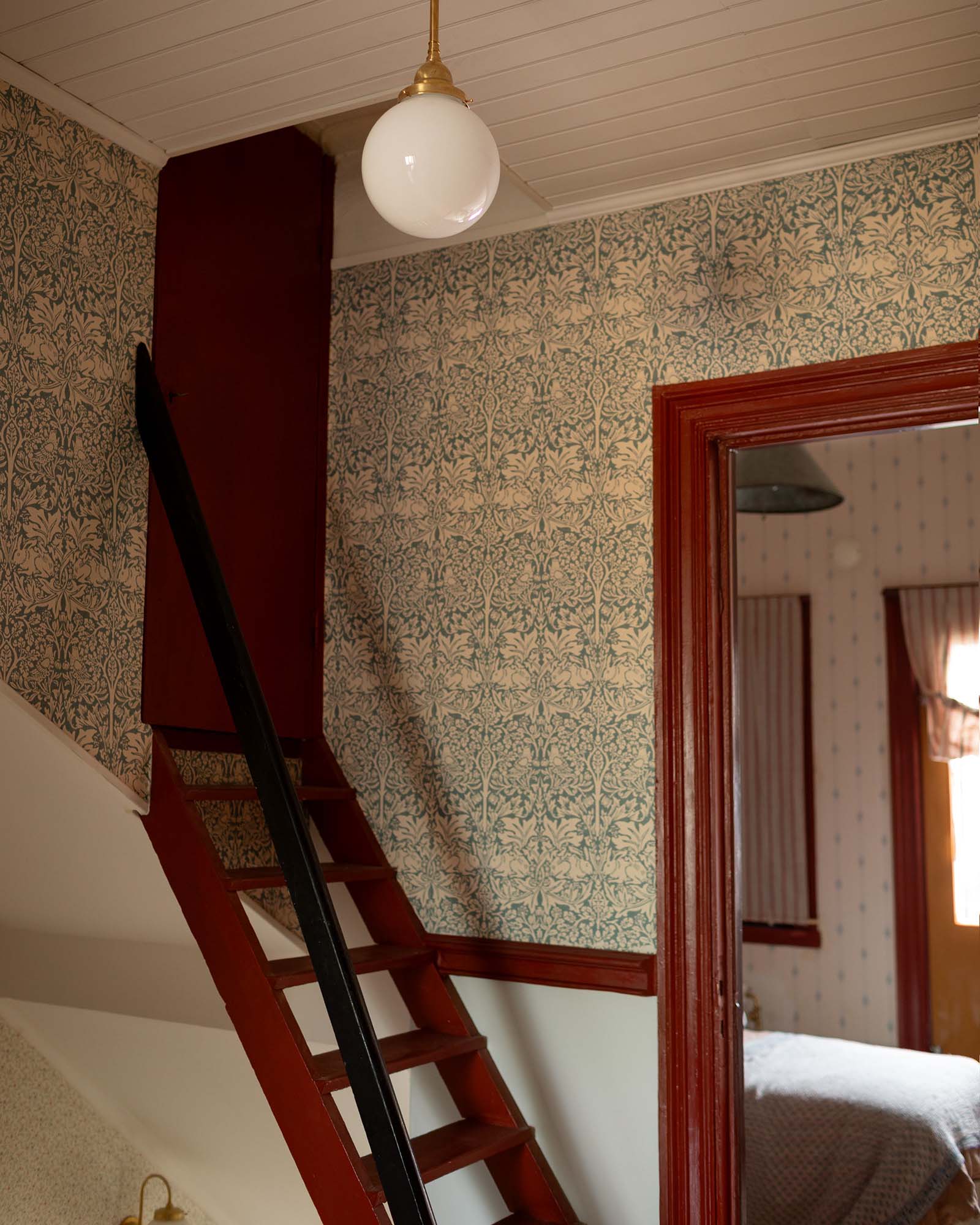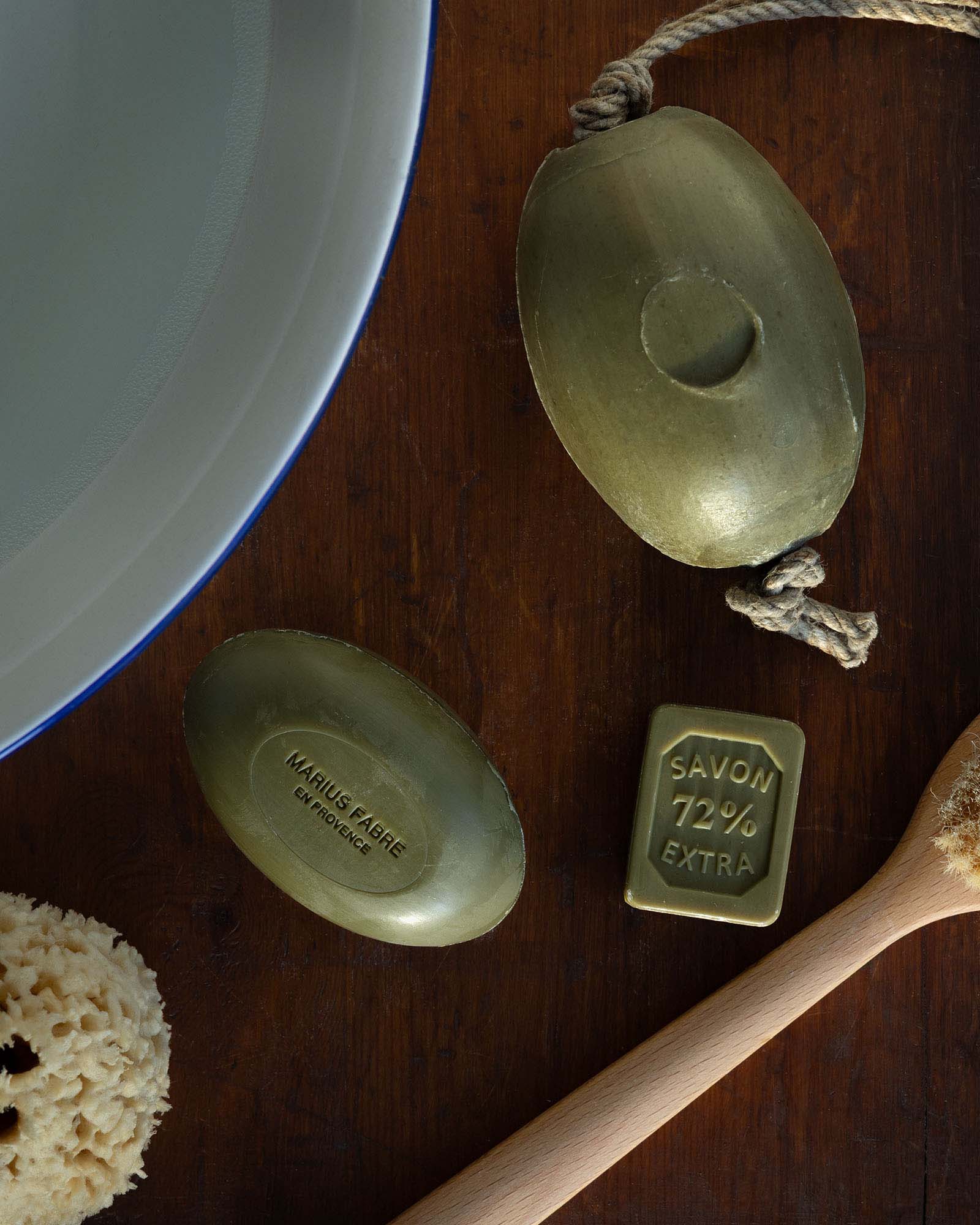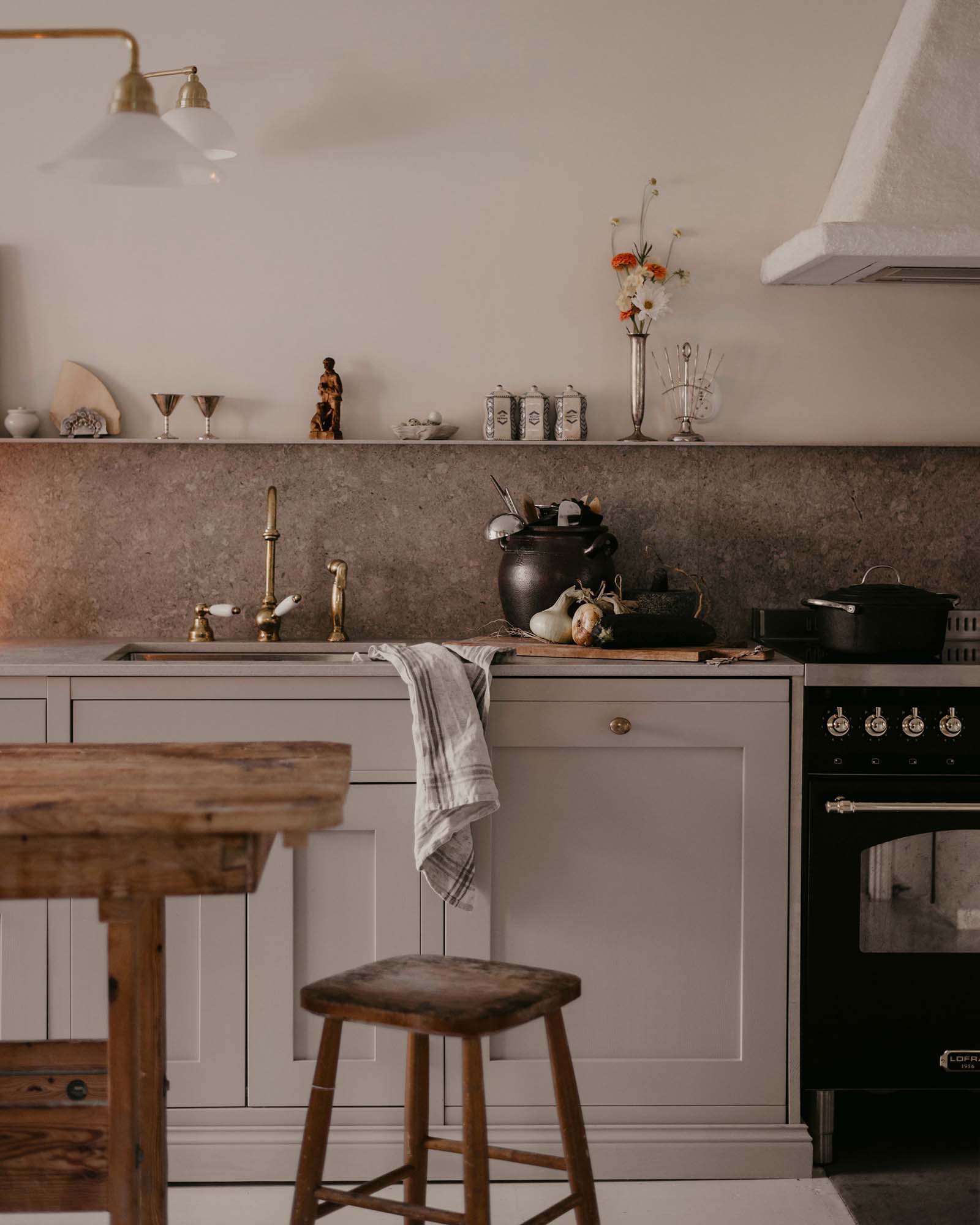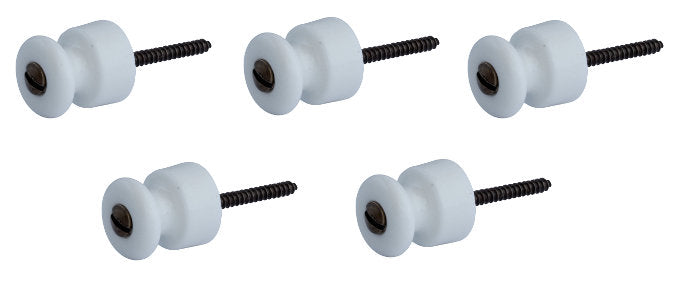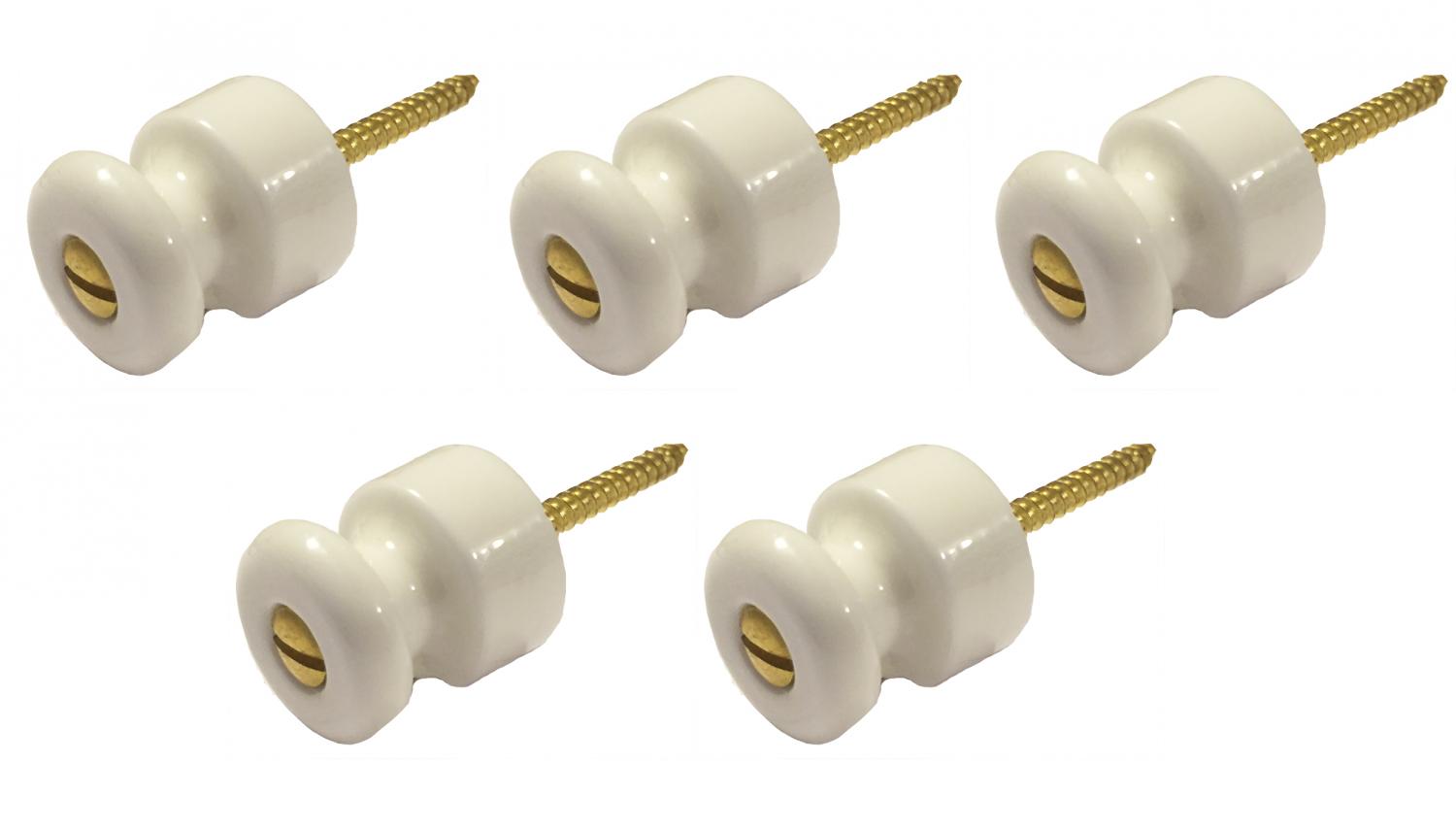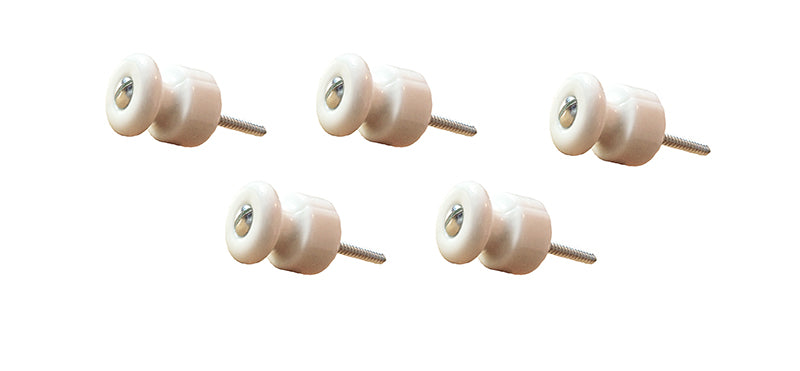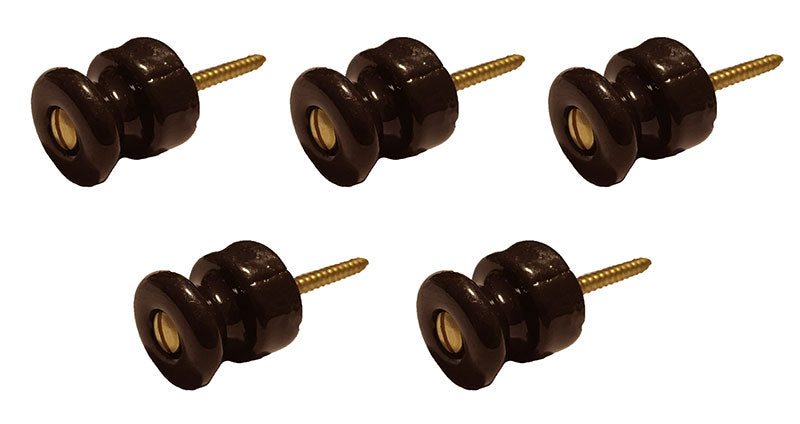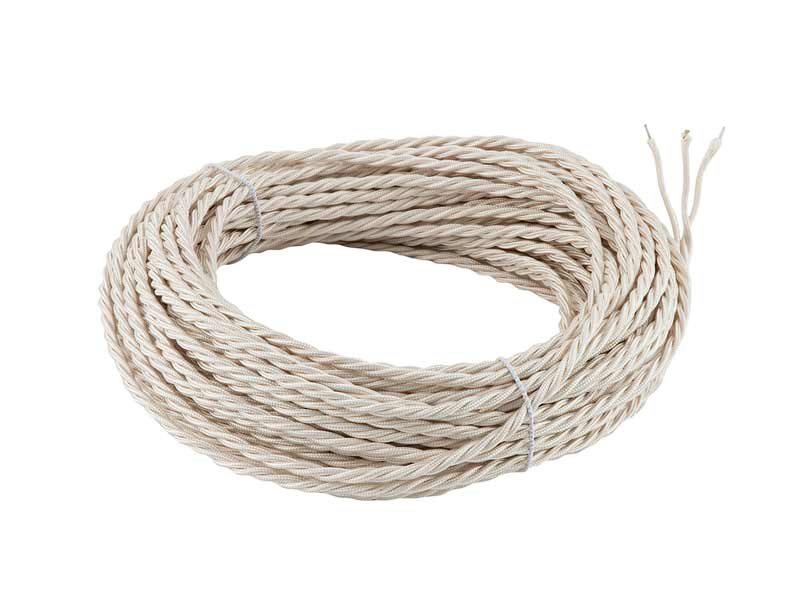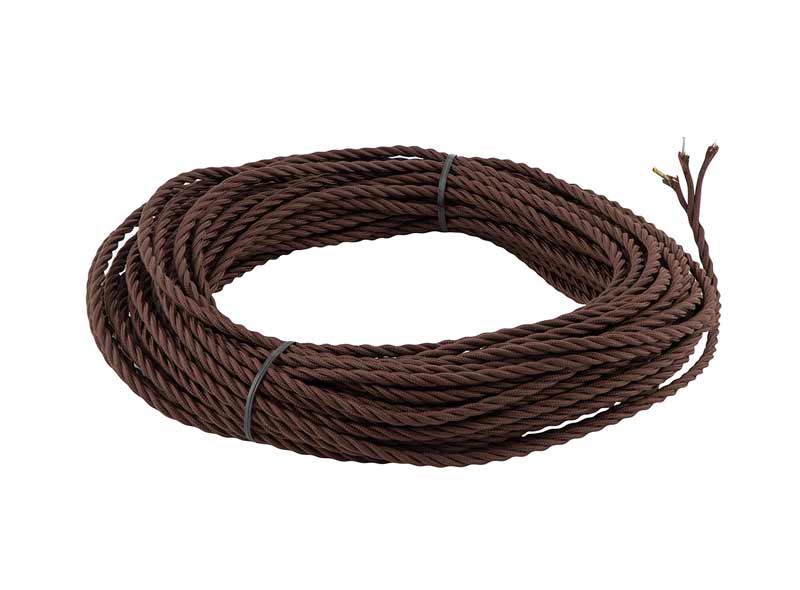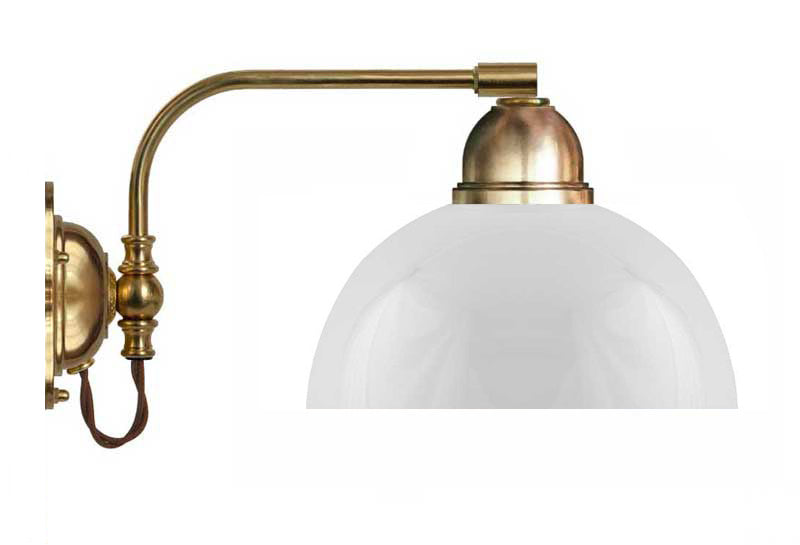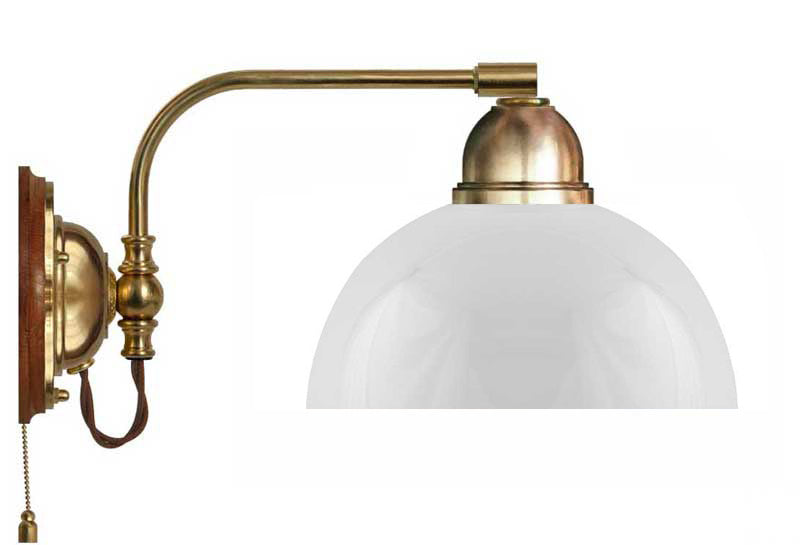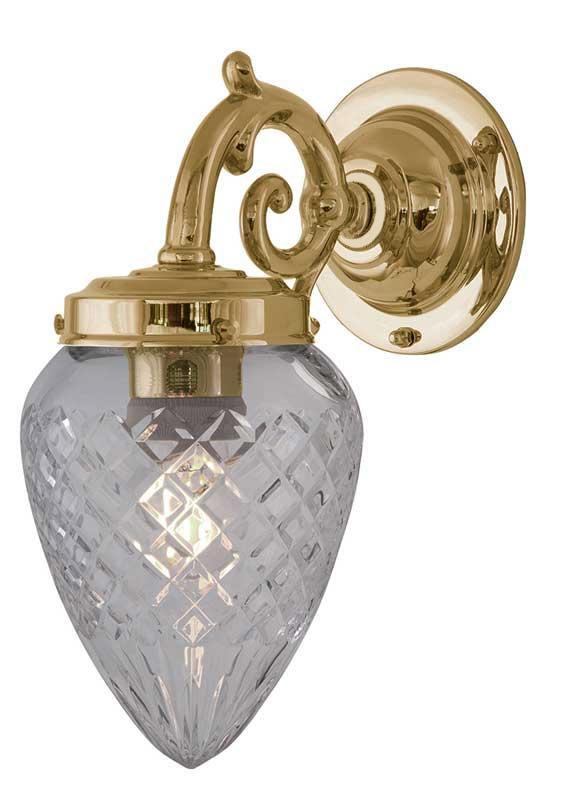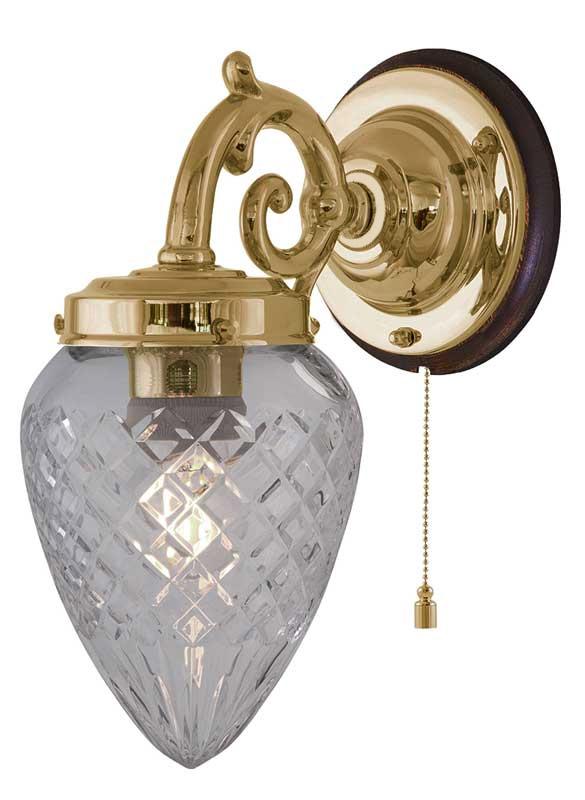When the first electrical wirings were made in the 1890s, it was often done in existing buildings without pipes to hide the wiring . Sometimes, in the finer city apartments, gas pipes could be used to some extent, but otherwise one uses twisted textile-clad wire fixed with porcelain insulators set at about 40 cm (15.7 in.) intervals. This type of wiring was done until the end of the First World War, after which it was completely replaced by the metal-coated Kuhlo cable. Intertwined cable as a fixed installation is currently prohibited by Swedish law but still approved as an integrated part of a lighting fixture. However, it must not be connected directly to a junction box but must be connected by a wall or ceiling plug.
Both wall and ceiling lamps were widely used at the turn of the last century, and often installed in combination with a wooden plate.These plates appeared in the 1920s to provide enough space for the connection between the wire and the fixture. The wooden plate could either be dark brown or painted in the same color as the wall to thereby accentuate the feel of the fixture as part of the fixed interior.
We have both wood plates, twisted textile cable and porcelain insulators as an installation solution for our ceiling and wall lamps from Karlskrona Lampfabrik. The wooden plates are available in white or dark brown with matching textile cable. The porcelain insulators are also available in white and brown and with screws in various colors to match the alloy on the fixture.




























































































